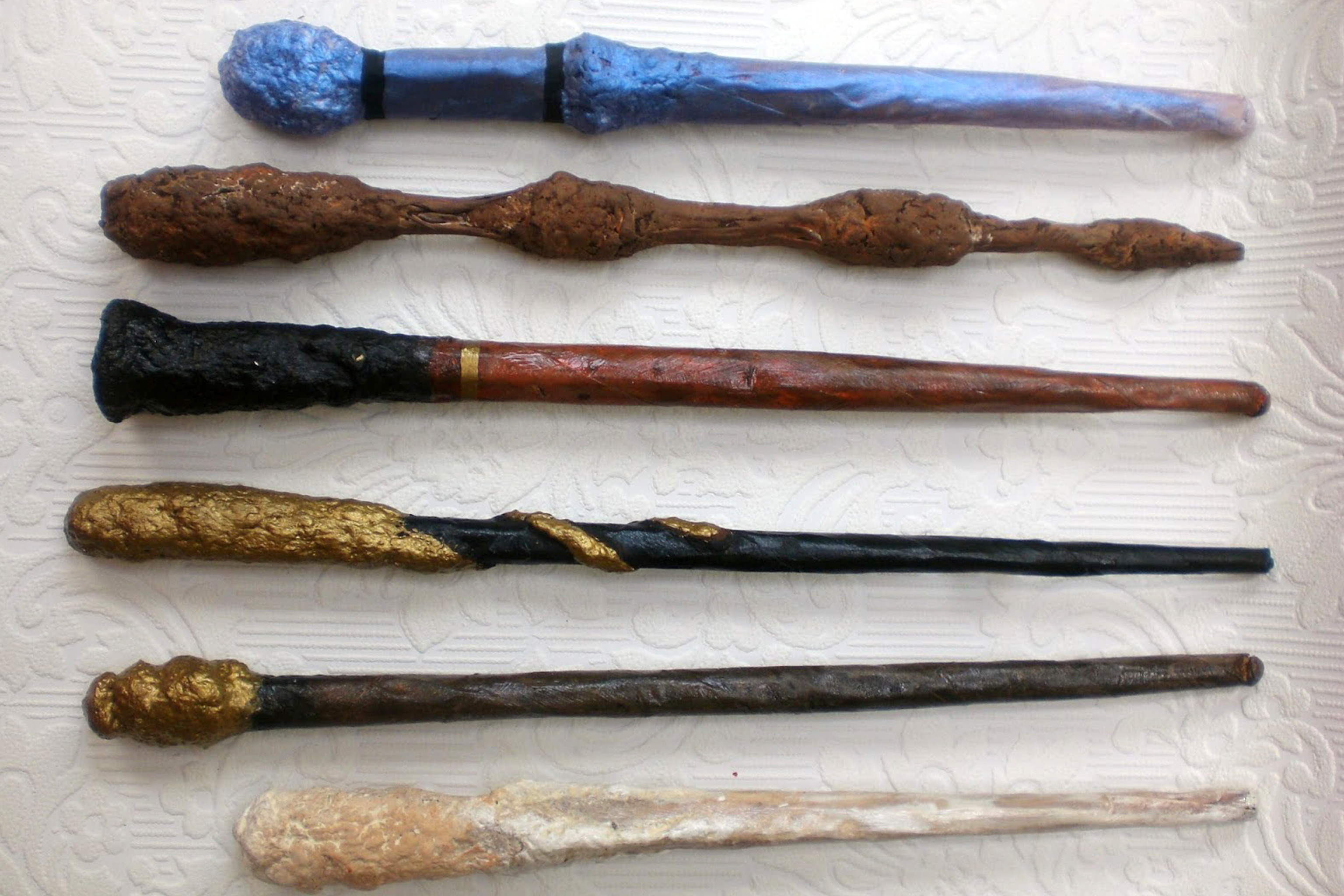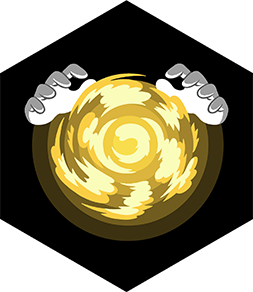Make a magic wand
Make a magic wand from a wooden dowel or stick, decorate it with paint, ribbons, and beads, and practice safe crafting skills.



Step-by-step guide to make a magic wand
DIY Paper Fairy Wand | Easy Craft for Kids | Paper star
Step 1
Lay out all your materials on a clear table so you can reach everything easily.
Step 2
Sand the dowel gently to smooth any rough spots or splinters.
Step 3
Wipe the dowel with your hand or a dry cloth to remove sanding dust.
Step 4
Paint the dowel with a base color using your paintbrush.
Step 5
Wait until the base paint is completely dry before touching it.
Step 6
Add fun designs or stripes with other paint colors or markers.
Step 7
Wait until the design paint is dry so it won’t smudge.
Step 8
Cut ribbons to the lengths you want for the wand tails.
Step 9
Thread large-hole beads onto one end of each ribbon and tie a knot to keep them from falling off.
Step 10
Put a small dab of craft glue on the top end of the wand where you want the ribbons to sit.
Step 11
Press the knotted ribbon ends onto the glue spot and hold them in place until the glue begins to set.
Step 12
(Optional) Brush a thin coat of clear sealer over the wand to protect the paint and let it dry completely.
Step 13
Share a photo of your finished magic wand and tell the story of its powers on DIY.org
Final steps
You're almost there! Complete all the steps, bring your creation to life, post it, and conquer the challenge!


Help!?
What can we use instead of a wooden dowel if it's not available?
If you can't find a wooden dowel, use a straight outdoor stick trimmed to wand length or a cardboard mailing tube cut to size, then sand or smooth it as in step 2 before painting.
My paint keeps smudging and the ribbons won't stay—what should I try?
Prevent smudging by waiting until the base paint (step 5) and design paint (step 7) are completely dry, and make sure the beads are knotted on the ribbon (step 10) and press the knotted ends onto the small dab of craft glue in step 11 until it sets, or use a tiny spot of hot glue with adult help for extra hold.
How can I adapt this wand project for a preschooler versus a tween?
For preschoolers, have an adult do the sanding (step 2) and pre-cut ribbons (step 9) and let them paint the base (step 4) and use big stickers instead of small beads, while tweens can thread beads themselves (step 10), create detailed painted designs (step 6), and brush on a clear sealer (optional step 12) for extra durability.
What are some ways to personalize or upgrade the finished wand?
Personalize the wand by wrapping the handle with yarn or washi tape, gluing on gems before brushing the clear sealer (optional step 12), tucking tiny battery LED fairy lights along the shaft under a thin sealer layer for glow, and then share its power story with a photo on DIY.org (step 13).
Watch videos on how to make a magic wand
How to Make a Magic Wand for Kids -3 Easy Magic Tricks, Free DIY Download #easymagictricksforkids
Facts about crafts for kids
🎨 Acrylic and tempera paints are water-based, dry quickly, and are popular because they're low-toxicity for kids' crafts.
📿 Beads are one of the oldest types of decoration—archaeologists have found shell beads used by humans over 100,000 years ago.
🌳 Dowels are simple wooden rods used in joinery and crafting—common woods include birch, oak, and maple.
🦺 Sand rough wood, supervise cutting or hot-glue use, and choose non-toxic supplies—most craft accidents are preventable with basic safety steps.
🪄 Wands appear in folklore and fairy tales for centuries and became a pop-culture symbol of magic (think fairy godmothers and wizards)!
How do you make a magic wand from a wooden dowel or stick?
What materials do I need to make a magic wand with paint, ribbons, and beads?
What ages is this magic wand activity suitable for?
What safety tips and creative variations are there for making magic wands?


One subscription, many ways to play and learn.
Only $6.99 after trial. No credit card required



